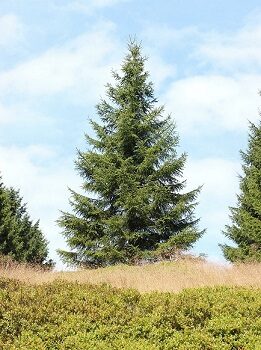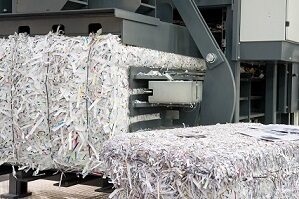Sustainability Report 4: Waste paper and recycling
According to the WWF, almost every second industrially felled tree worldwide becomes paper - whether this is for newspapers, packaging or toilet paper. This means the paper industry is a key industry when it comes to the future of our forests.
This is one of
the reasons why we only use FSC-certified paper in our offices and ticket
production.
Another option
for minimising the consumption of fresh wood fibres is the recycling and use of
waste paper. Each wood fibre can be used in the recycling process up to seven
times which offers a good opportunity to protect trees and forests as a whole.
In addition, the production of recycled paper uses fewer chemicals, less
water and less energy.
According to calculations, the following quantities are used
in the production of new and recycled paper:
- New paper: 2.2 kg wood corresponds to 1 kg new paper
- Recycled paper: 1.2 kg waste paper corresponds to 1 kg recycled paper
In order to illustrate how much paper can be obtained from
one tree, we can use the example of a spruce tree:

During our ticket production, the cutting
of the tickets results in waste paper. However, this waste paper is not
discarded but pressed into balls and made available for further recycling as
waste paper. In 2022, all waste paper balls weighed a total of 33.2 tonnes.

Looking at the above calculation, we can
see that around 27,666 kg of recycled paper can be produced from 33,200 kg of
waste paper.
Conversely, this means a saving of 60,897
kg of new wood and around 41 spruce trees.
